What is Data Analytics?
- Michael Dunphy

- Jul 19, 2022
- 5 min read
Updated: Jul 20, 2022

Key Takeaways (TL;DR)
Data Analytics is the process of using data to answer questions.
Tools are always changing, but the role of a Data Analyst remains the same.
Lots of Data + Lots of Questions = High Demand for Data Analysts
Data Analytics will continue to drive decision making in the future.
Intro
I had the pleasure of presenting in front of a class of middle school students about Data Analytics a couple of weeks ago, sharing my experience both as a student at the University of Maryland and as a Data Analyst for my company, VizKid Analytics.
This blog is a summarization and formalization of the materials I went over with the students. I hope this post provides an introduction to the world of Data Analytics that is accessible to younger students and inspires those who are interested to learn more about this amazing, rewarding field of work!
What is Data Analytics?
Alright, the question at hand. Data Analytics can be broken up into two parts, data and analytics (wow, revolutionary stuff there, Michael). Let's see what each part means below.
Data
From Oxford English Dictionary, data is facts or information, especially when examined and used to find out things or to make decisions. Data can be found in nearly everything as data collection continues to increase. This information is key to understanding what is going on in the world and can be used to make informed decisions.

Some examples of data include:
Grade on a homework assignment
Number of views on a video
Responses to a survey
The words in a tweet
Phone usage
Analytics
From Oxford English Dictionary, analytics (more specifically analysis) is the detailed examination of the elements or structure of something. Analysis can be simplified as the process used to address questions about something. There are many different tools and techniques that can be used in analysis and Data Analysts have a myriad of ways to look at data more closely. Think of yourself as Sherlock Holmes with a magnifying glass!
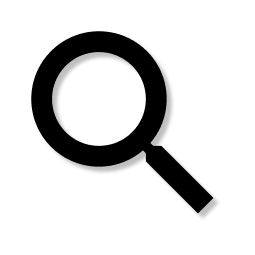
Some examples of analysis include:
Descriptive: How many oranges do I have?
Predictive: How many oranges will I have?
Prescriptive: How many oranges should I have?
Comparative: How many oranges do I have compared to my competitor?
So What is It?
Put simply, Data Analytics is the process of using data to answer questions. From that, you can infer that the role of a Data Analyst is to use data to gather meaningful insight that can be used to make better decisions in an organization.

Why is Data Analytics important?
Because we have a lot of questions that need answers! Think of the types of questions that organizations need answers for.
Here are a few examples:
Meta: Which users should we be advertising pet toys to?
Lakers: Where can the team make more 3-pointers on the court?
Amazon: What items should be warehoused for the upcoming season?
CDC: Where is COVID-19 spiking?
All of these questions can be answered by collecting, processing, and analyzing data!
From Google: Companies must continually adjust their products, services, tools, and business strategies to meet consumer preferences and demand and to react to emerging trends.
Data analysts make sense of data and numbers to help organizations make better business decisions. They prepare, process, analyze, and visualize data, discovering patterns and trends and answering key questions along the way. Their work empowers their wider team to make better business decisions.
This is why the median salary in the Data Analytics field is $74,000+ with over 380,000 in-demand job openings according to The Burning Glass Institute. As the world becomes more and more data driven, the demand for Data Analysts will continue to increase.
Applications
The applications of data analysis are nearly endless, all you need is some data, an analytical tool(s), and a question that needs an answer! As I mentioned previously, organizations like Amazon, CDC, Lakers, and Meta all use data for different types of applications.
These applications don't have to be work related either! Below are just a few examples of how I used data to answer a question that I was personally interested in (click on the image to view the visual on Tableau Public).
What is in the atmospheres of the planets in the solar system?
What are the first 100,000 digits of Pi?
How popular is your birthday?
Check out my Tableau Public profile for even more examples of how data analysis can be applied!
Tools
The tools used by data analysts are always being updated and changed, however the role of a data analyst remains the same. I view the platforms and applications available to analyze data as what they are, tools. Just as a carpenter has a toolbox with a screwdriver, hammer, etc., data analysts have their own toolboxes with tools used for different circumstances.
Below is a list of tools I use to analyze data and the circumstances in which I use them (ordered by how often I use them for day-to-day work).
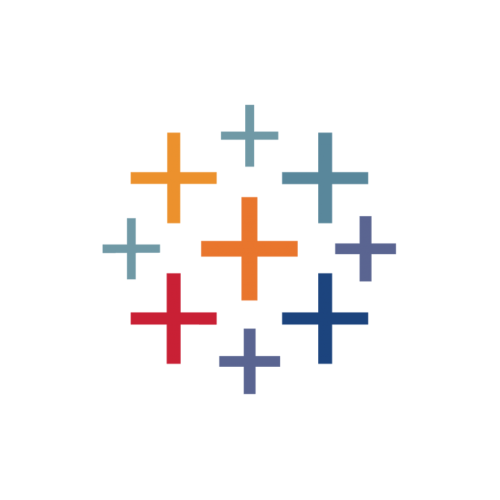
Tableau
Being my most used tool, Tableau is a highly versatile analytics platform that is used to quickly connect, analyze, and visualize data. I use Tableau for exploratory data analysis, to visualize data for presentations and reports, and to create dashboards for clients so they can better understand and monitor their data.
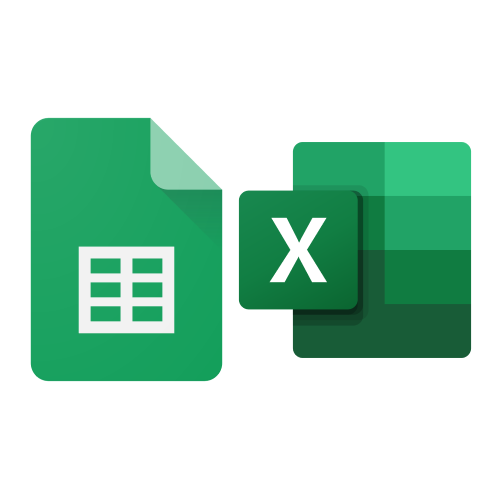
Google Sheets/Excel
I use spreadsheet applications like Google Sheets and Excel to collect and process smaller datasets. I typically use Google Sheets in collaboration with and to easily share with others working on the same project.
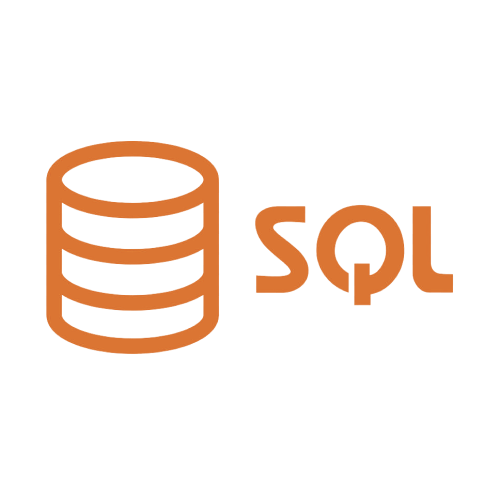
SQL
Structured Query Language is a programming language used to access data from databases.

Figma
Figma is a graphics and prototyping tool that I frequently use when exploring possible layouts for a new dashboard. I also use Figma to create graphics for presentations or data visuals.

Tableau Prep
Tableau Prep is a platform designed to easily combine, shape, and clean data. I typically use Tableau Prep for larger datasets that require more processing than just changing one or two cells like in Google Sheets.

Python/R
Python and R are two programming languages that I use to clean, process, and model data. Both are capable of conducting similar analysis, though I have been using R more frequently due to school.
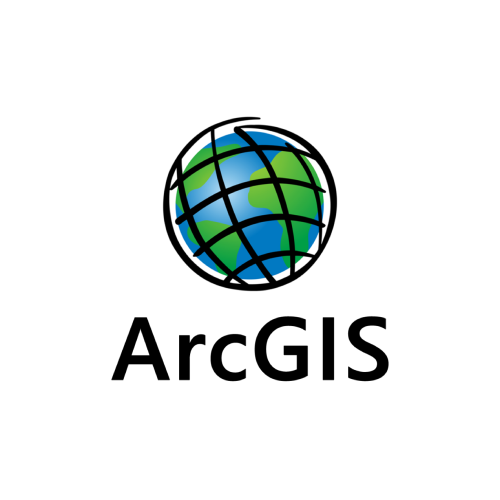
ArcGIS
ArcGIS is a platform used to analyze and visualize geodata. I have just recently started using ArcGIS for research I am assisting with at the University of Maryland which is why it is at the bottom of the list. I hope to learn more about the platform and use it more often!
Wrap-Up
Data Analytics is the process of using data to answer questions. Its versatility and ability to be applied to nearly all fields of work explains the growing demand for data analytical skills. Even though the tools can change, the role of a data analyst remains the same: converting data into meaningful insights, which ultimately results in better, more informed decisions. Data analysts empower organizations to stay ahead of the curve and to be better prepared for the future.
Interested in learning more about Data Analytics? Check out some of the resources below:
If there are any other topics you are interested in hearing my thoughts on, reach out to me! You can find me on Twitter, LinkedIn, or Instagram. You can also email me at vizkidanalytics@gmail.com or use the 'Contact' page on the website!
By Michael Dunphy
Published Jul. 19, 2022











Comments